Inflammation Gone Rogue: Why Neutrophils Become Enemies in Non-Healing Wounds
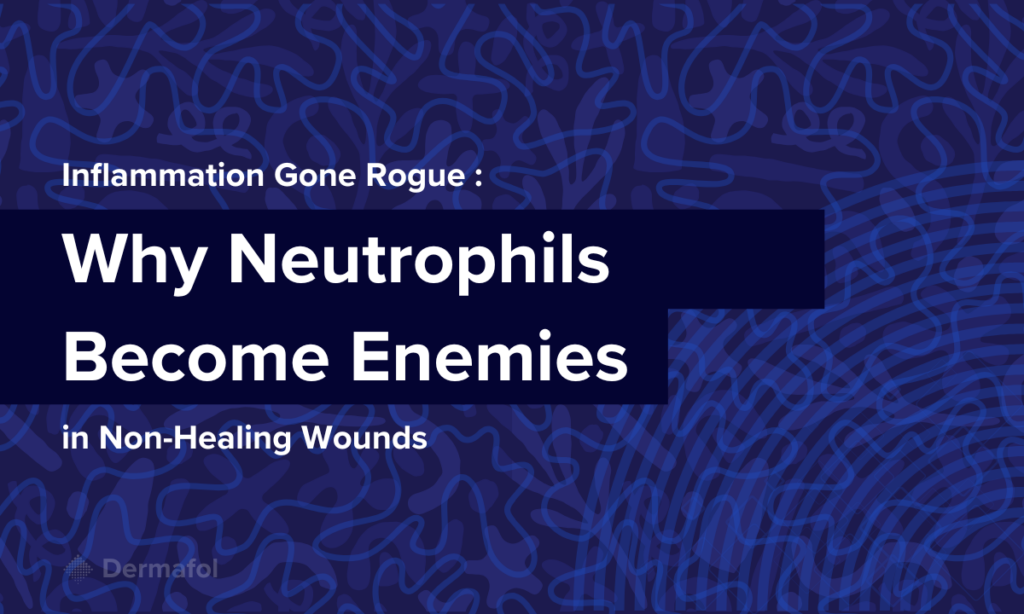
Wound healing is a delicate dance of cellular responses, but when inflammation goes awry, neutrophils—our body’s first line of defense—can become unwitting saboteurs. In chronic wounds, these immune cells shift from protectors to destructive forces, perpetuating a cycle of tissue damage and delayed healing. Neutrophils, while essential for initial repair, can hinder recovery and explore innovative therapeutic strategies aimed at restoring balance in the healing process. Let’s unravel some of the complexities of neutrophil behavior and their dual roles in wound healing, offering hope for millions suffering from non-healing wounds worldwide.
The Silent Epidemic: How Chronic Wounds Hijack the Body’s Healing Machinery
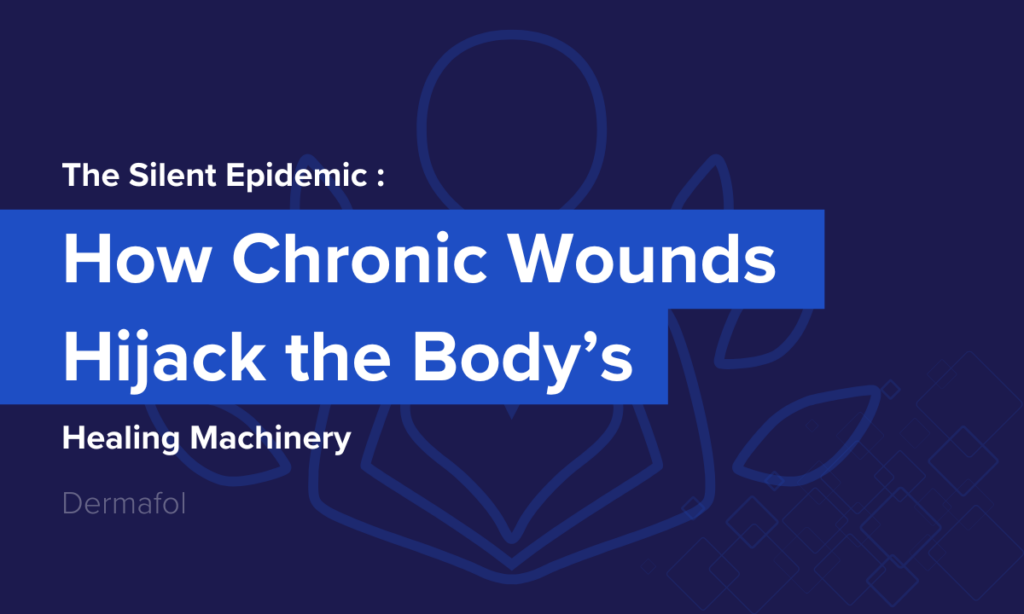
Chronic wounds are often referred to as a “silent epidemic,” affecting millions globally and significantly impacting quality of life.
Unlike acute wounds that heal quickly, chronic wounds can persist for months or even years, leading to severe complications and economic burdens on healthcare systems.
Here, we’ll delve into the complex mechanisms that hijack the body’s natural healing processes, exploring the roles of inflammation, cellular dysfunction, and microbial biofilms.
Wound Healing Mechanisms of Chronic Wounds
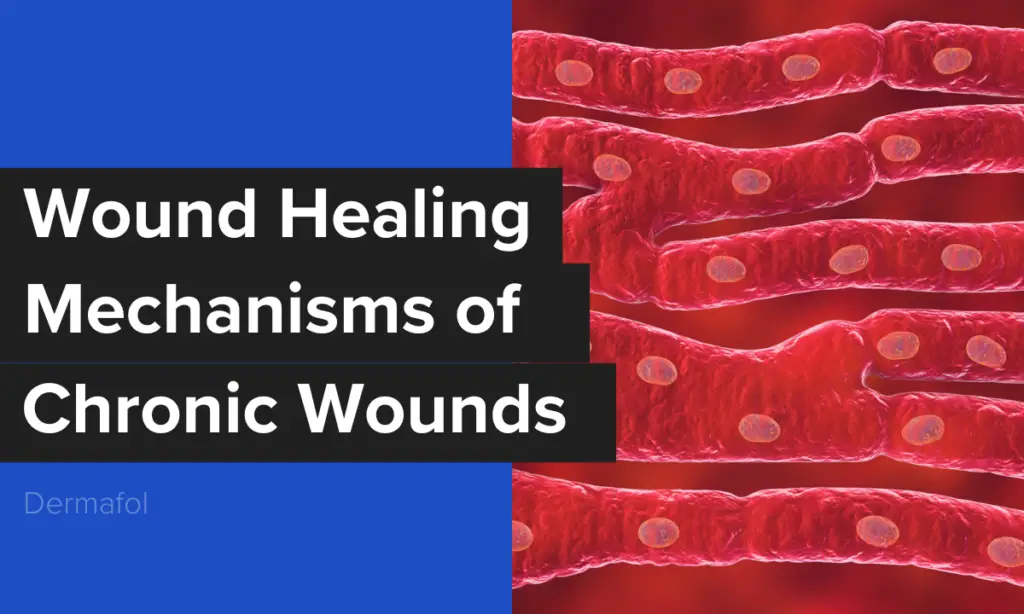
Chronic wounds pose a significant medical challenge, affecting millions and costing healthcare systems billions annually. Understanding the intricate mechanisms of wound healing is crucial, as these non-healing wounds often arise from underlying conditions like diabetes and vascular disorders. From the initial inflammatory phase to the complex interplay of cellular activities, each stage of healing is vital. Discover the latest insights into managing venous, pressure, arterial, and diabetic foot ulcers, and learn how innovative therapies are transforming patient outcomes.
Angiogenesis in Chronic Wounds and the Role of Dehydrated Human Amnion/Chorion Membrane
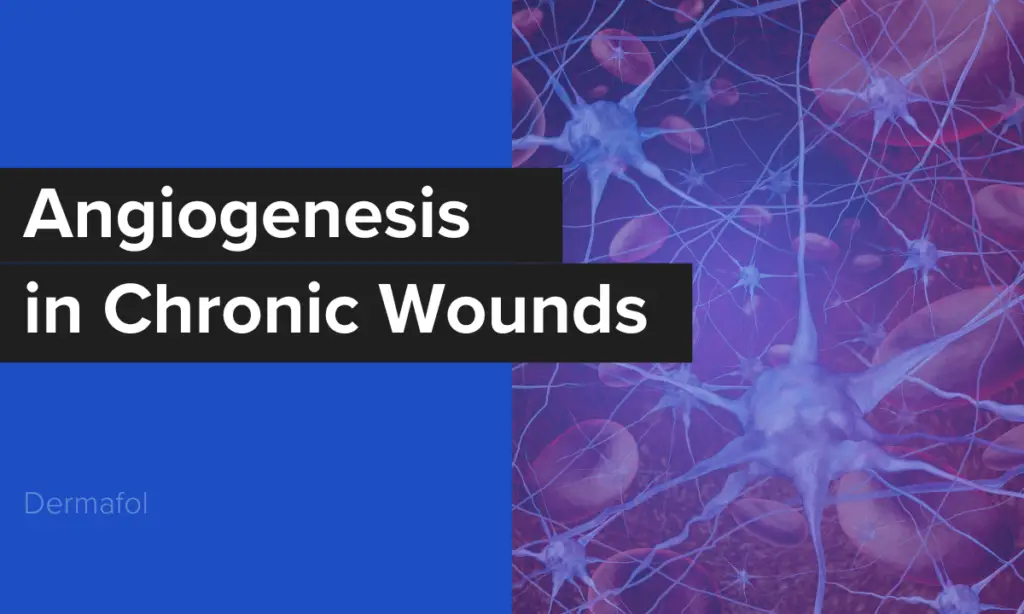
Angiogenesis, the formation of new blood vessels, is vital for effective wound healing. In chronic wounds, this process is often impaired, leading to delayed recovery and increased complications. Recent advancements in wound care, particularly the use of dehydrated human amnion/chorion membrane (dHACM), offer promising solutions to enhance angiogenesis and promote healing. This innovative approach harnesses the power of multiple growth factors to stimulate blood vessel formation and recruit essential cells to the wound site.
Interleukins in Wound Healing
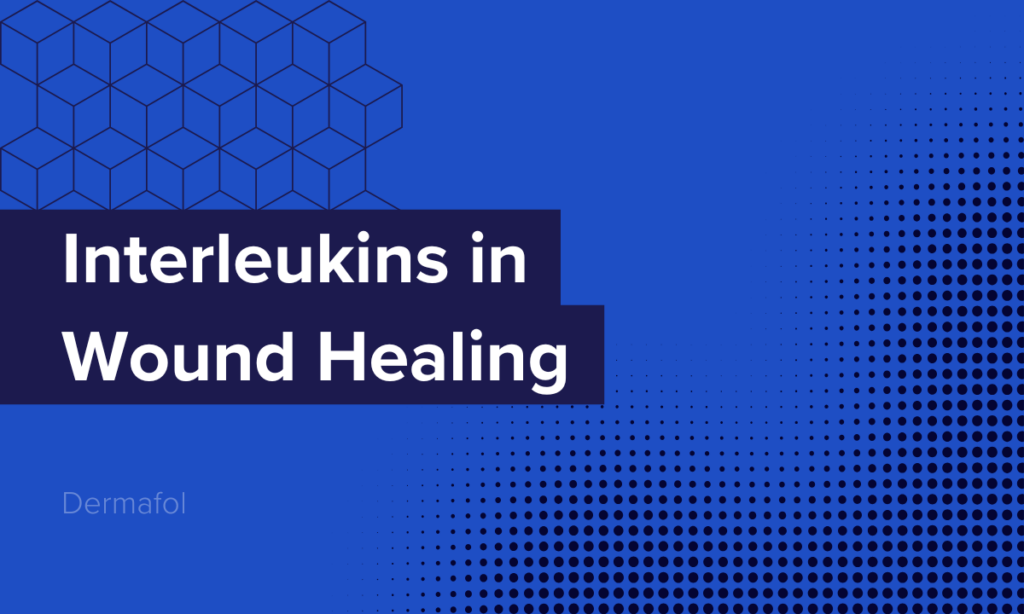
Wound healing is a complex biological process that relies on the intricate interplay of various cell types and signaling molecules. Among these, interleukins—key cytokines—play pivotal roles in regulating inflammation and tissue repair. Discover how interleukins like IL-1, IL-33, and IL-11 uniquely influence healing across different tissues, from oral wounds to ocular surfaces. Their tissue-specific functions not only highlight the complexity of healing but also open exciting avenues for targeted therapies.
Cellular and Molecular Mechanisms of Wound Healing
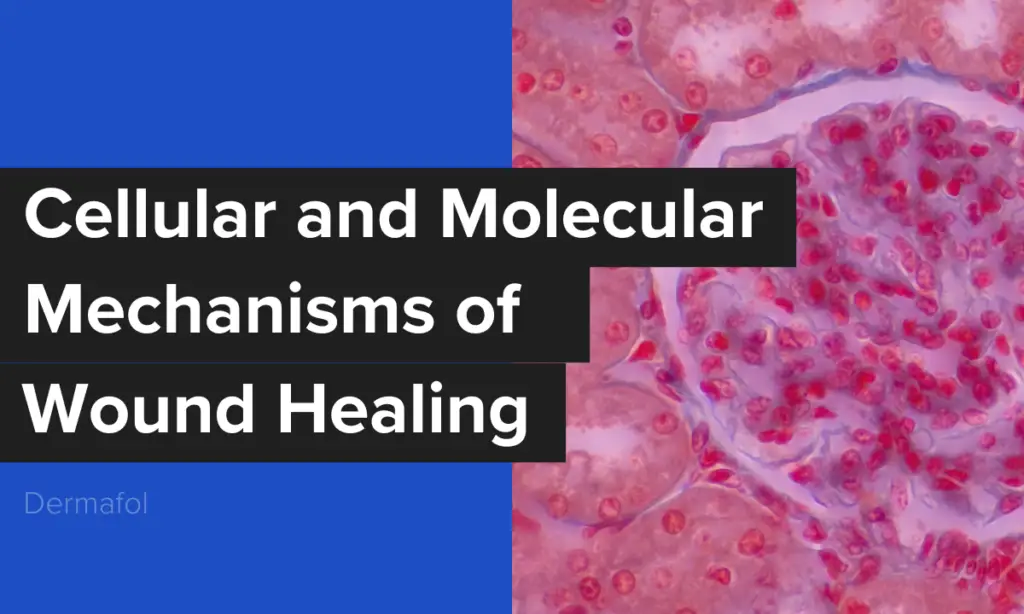
Wound healing is a remarkable and intricate biological process that involves a complex interplay of cellular activities and molecular signals. From the initial response to injury through hemostasis, inflammation, proliferation, and remodeling, each phase is crucial for effective tissue repair. Discover how various cell types, including platelets, immune cells, and fibroblasts, orchestrate this healing journey, and learn about the emerging roles of growth factors, cytokines, and long non-coding RNAs.
The Revolutionary Role of Dehydrated Human Amnion/Chorion Membranes in Modern Wound Care
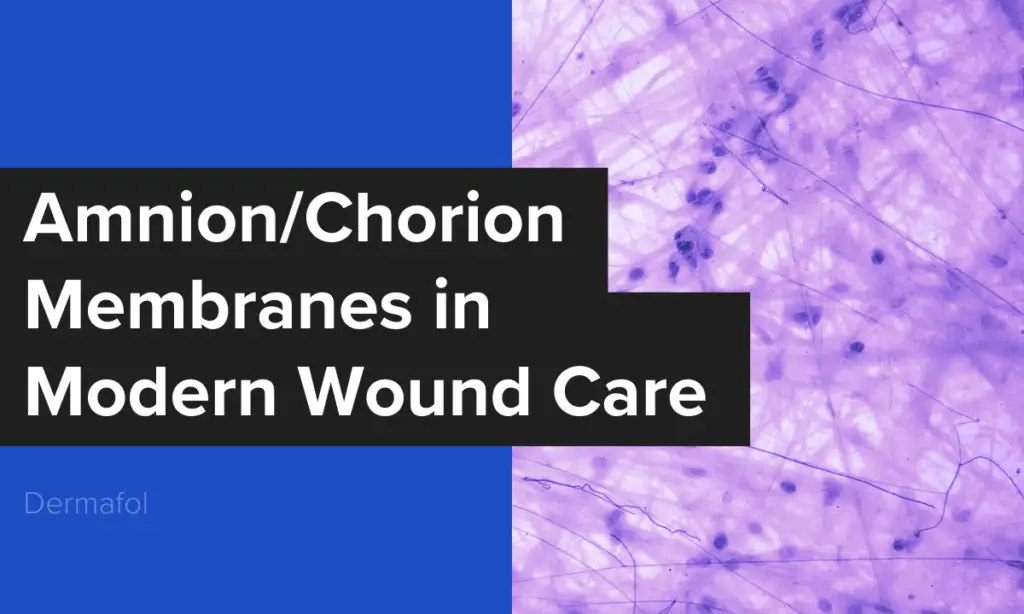
In the intricate landscape of modern medicine, chronic wound care remains a formidable challenge, particularly as our population ages. Enter dehydrated human amnion/chorion membrane (dHACM) technology—a groundbreaking innovation that is revolutionizing wound healing. With its unique biological composition, dHACM not only enhances natural healing processes but also offers hope to millions suffering from diabetic foot ulcers and pressure sores. As clinical applications expand and new delivery methods emerge, the potential of dHACM in regenerative medicine is just beginning to unfold.
Molecular Warfare and the Cell Biology of Skin Wound Healing
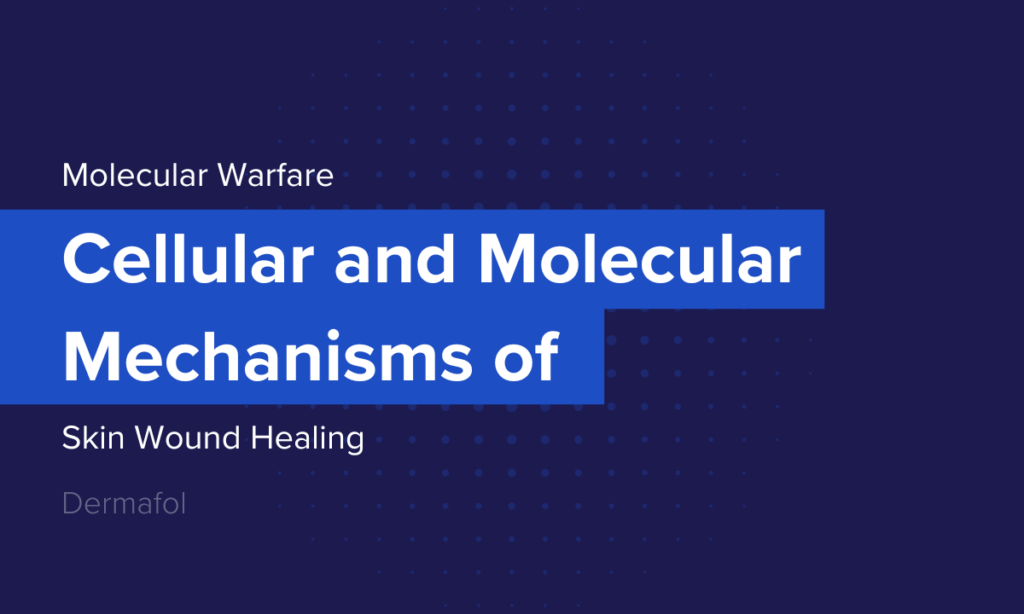
Chronic wounds pose a significant healthcare challenge, often trapped in a cycle of inflammation and poor healing. Recent breakthroughs in molecular biology and regenerative medicine are revolutionizing wound care, introducing innovative strategies that can be likened to “molecular warfare.” From targeted nanotherapeutics to the promise of stem cell therapies, these cutting-edge approaches aim to address the underlying cellular dysfunctions that hinder recovery. Discover how advanced diagnostics and bioengineered solutions are paving the way for personalized treatments, offering new hope for millions suffering from conditions like diabetic foot ulcers and pressure sores.
Pathophysiology of Chronic Wound Healing
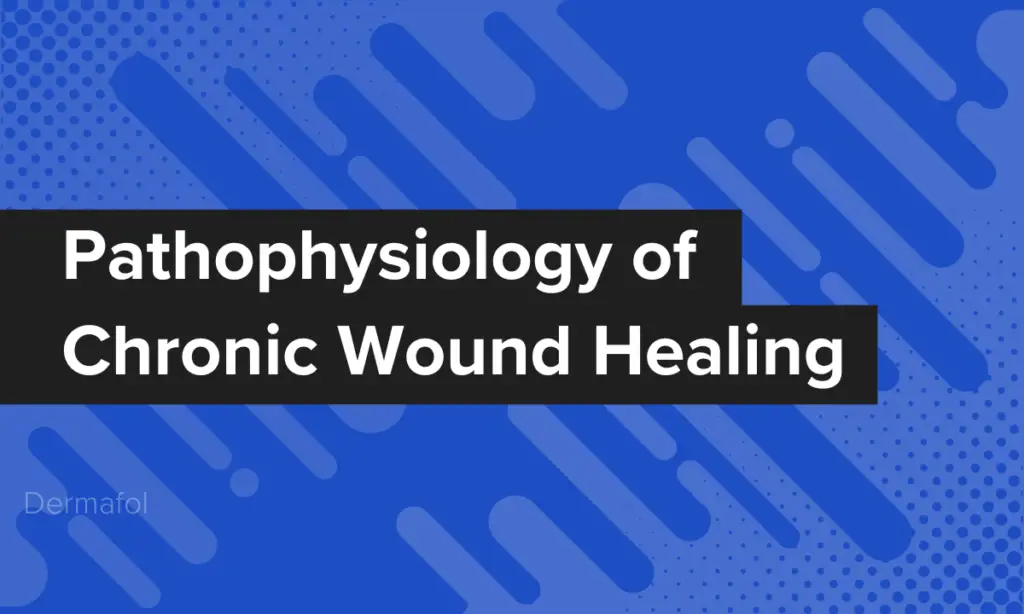
Wound healing is a remarkable yet intricate process that restores tissue integrity after injury. However, when this process falters, chronic wounds emerge, leading to significant patient suffering and healthcare challenges. Understanding the complex interplay of cellular dysfunction, molecular signaling disruptions, and environmental factors is crucial to unraveling the mysteries of chronic wound development. This exploration delves into the physiological phases of normal healing and the pathophysiological mechanisms that hinder recovery, offering vital insights for developing effective therapeutic strategies.
Chronic Wound Healing: Pathophysiology and Management of Diabetic, Venous, Arterial, and Pressure Ulcers
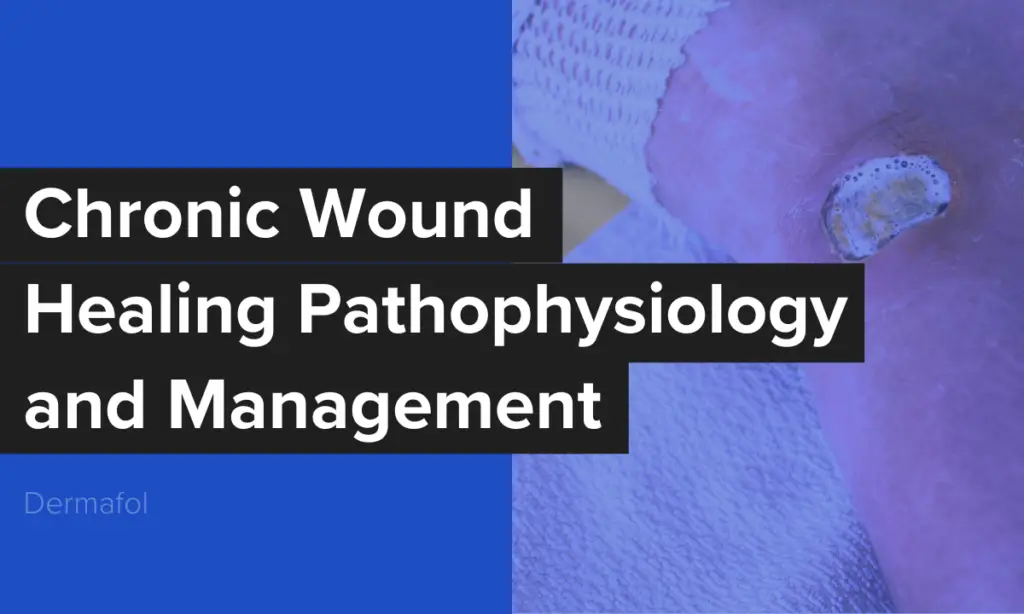
Chronic wounds pose a significant healthcare challenge, affecting millions globally and leading to serious economic and quality-of-life consequences. Unlike acute wounds, chronic wounds become trapped in a prolonged inflammatory state, hindering healing. This comprehensive review delves into the pathophysiology and management of diabetic, venous, arterial, and pressure ulcers, highlighting innovative treatment approaches and the latest advancements in regenerative medicine. Discover how multidisciplinary strategies and bioengineered technologies are revolutionizing care, offering new hope for patients with previously non-healing wounds.
